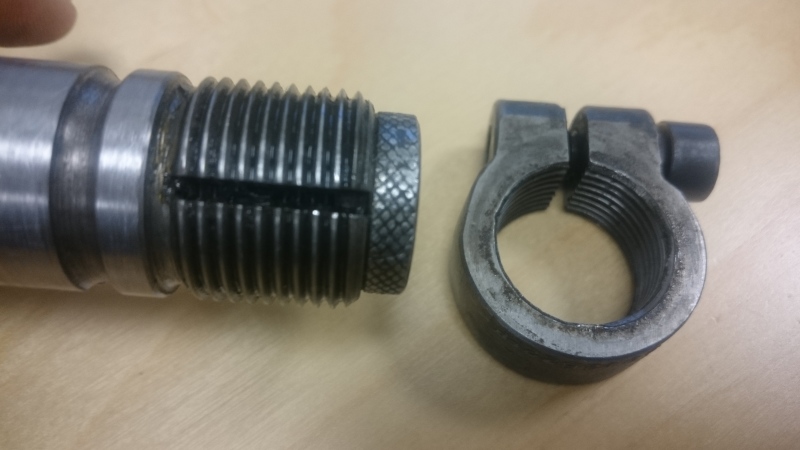LCform
Mechanical
- Jan 13, 2016
- 139
I have to reproduce a part, that at one end, it has externeal threads. While it is ribbed from sides, so a screw from inside, widens the diameter of this hole, but I see that also from outside, the ring that is going to be threaded on this shaft is also adjustable in tightness, my question is why there are two adjustable pieces used for this peice ? in the image you can see the piece







![[bigsmile] [bigsmile] [bigsmile]](/data/assets/smilies/bigsmile.gif)